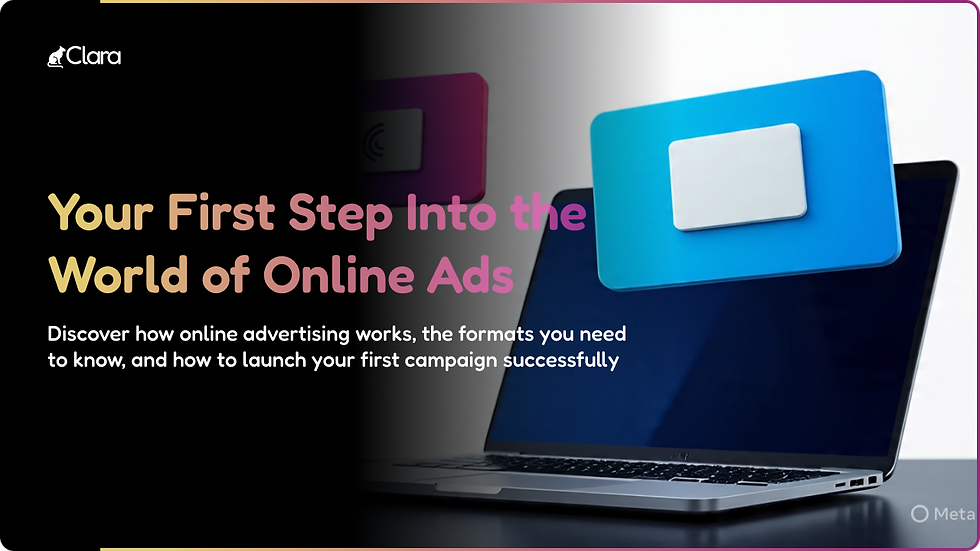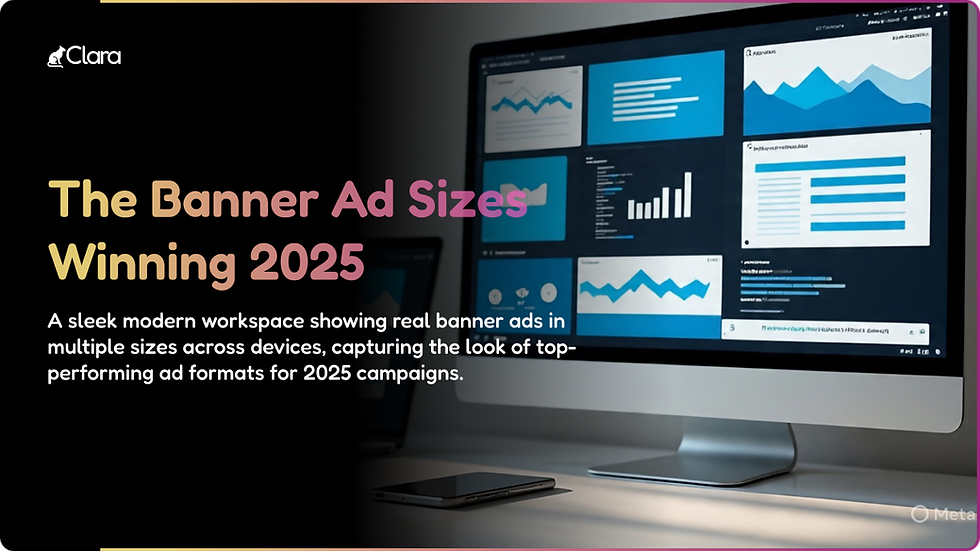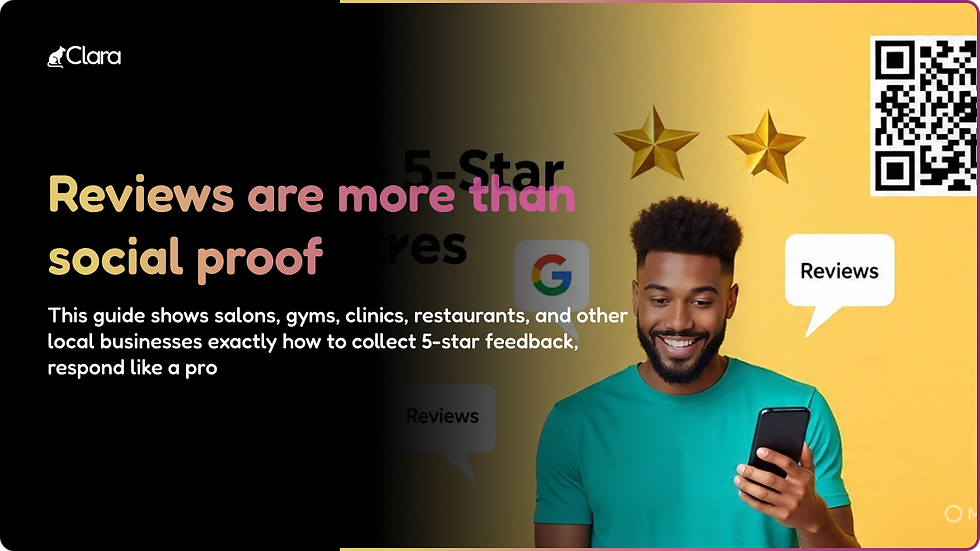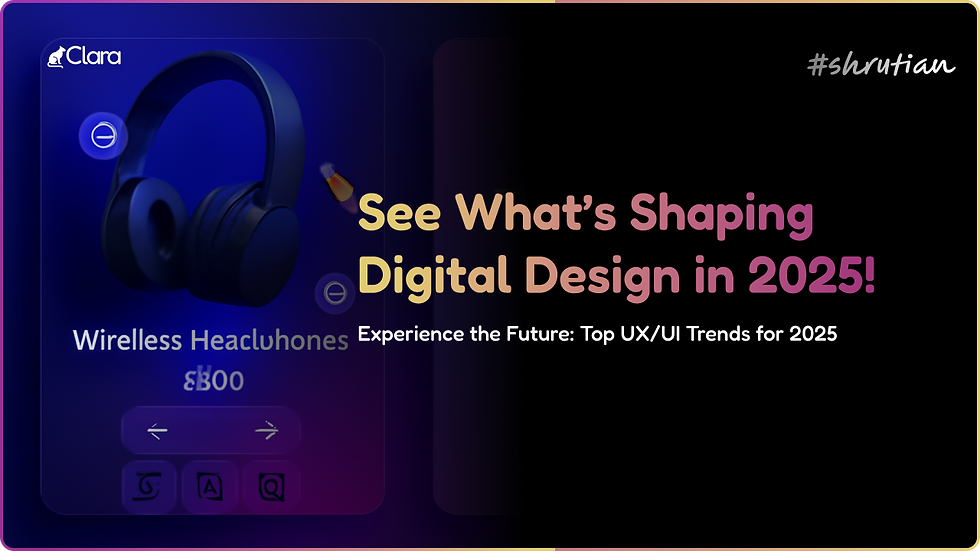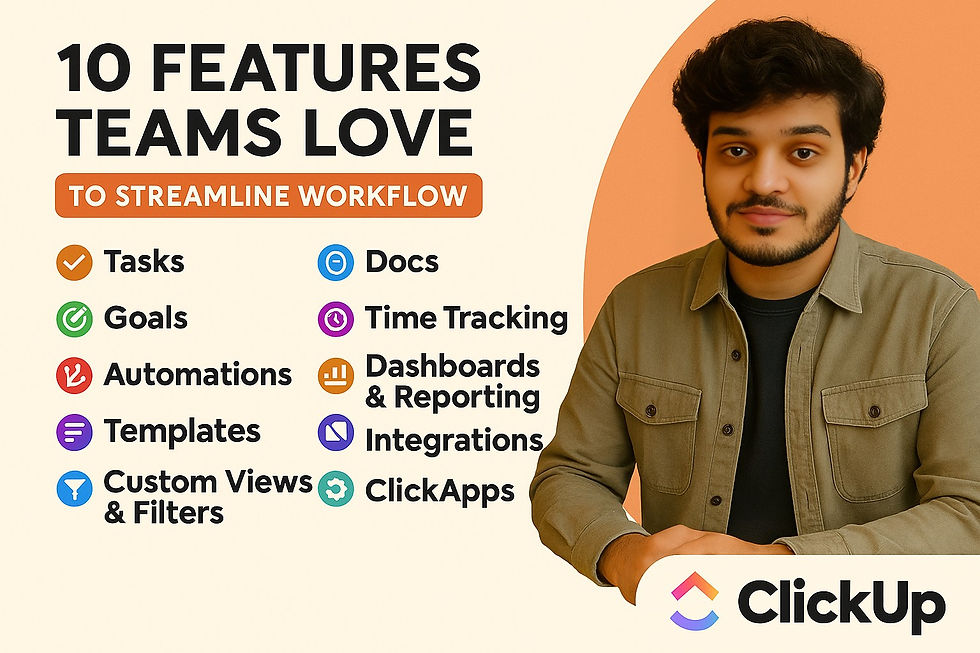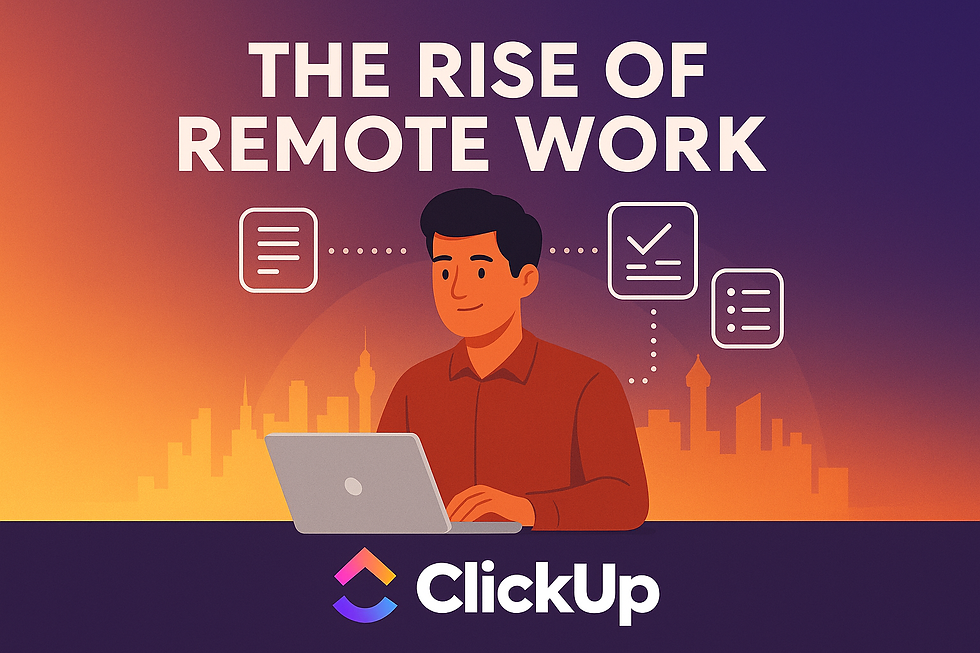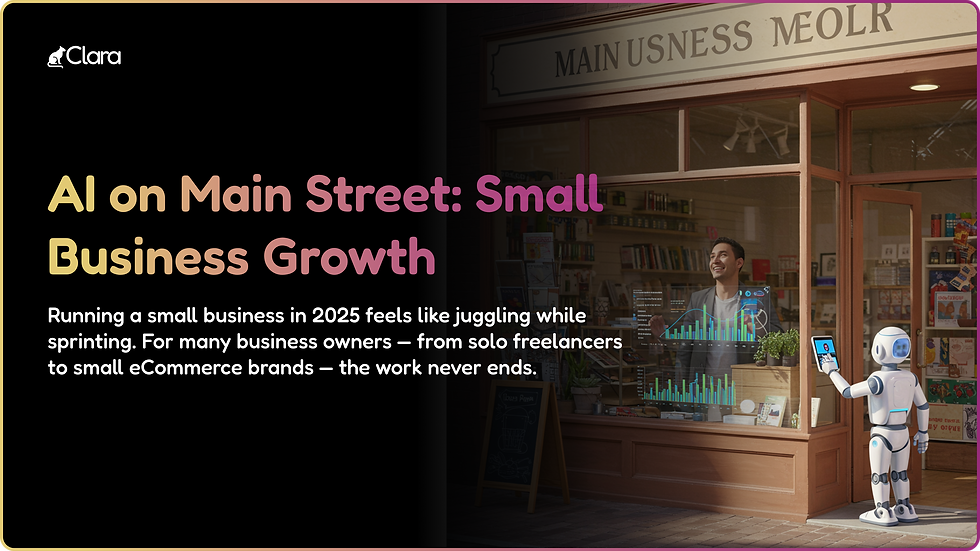- Dravya Bansal
- Jun 15
- 3 min read
Updated: Jul 3
Learn why businesses need seamless online/offline experiences across web, social, email, and apps to win Western customers in 2025—and how to start building one.
Setting the Scene: It’s 2025 — Customers Are Everywhere
Imagine your customer. They wake up, scroll TikTok, check your website on mobile, add to cart—but they might return later via email or even visit a store. Their journey is nonlinear, moment-driven, and channel-hopping.
That’s the 2025 consumer: savvy, connected, and expecting seamless experiences. If your business presence isn’t unified across every touchpoint—it’s already losing attention.
Forget “Multi‑Channel.” Omnichannel Means One Experience
Many businesses still treat channels like silos—website, email, social, ads all operate independently.
Omnichannel means those parts work as a single, intelligent whole:
Website remembers what they browsed on social
Email follows up with recommendations
Chat reflects their website history
Ads feel personal, not random
It’s not just multi-channel; it’s a cohesive journey.
Real Business Wins: Why Omnichannel Matters (with Numbers)
When implemented right, omnichannel isn’t just trendy—it delivers:
89% customer retention vs. 33% otherwise
Buyers spend 1.5× more per month
9.5% annual revenue increase, nearly triple single-channel results
Around 75% of buyers use both online and offline touch-points
These numbers confirm that being everywhere—together—makes your business stickier and more profitable.
A Buyer’s Journey Through Omnichannel Glasses
Picture this:
Morning: Lucy sees your brand on Instagram via a reel.
Midday: She clicks and explores your site on mobile.
Afternoon: Gets an email reminder about her cart.
Evening: Chats with support via chatbot—who already knows her context.
Weekend: She visits a pop-up—but a QR scan gives her an app coupon that syncs online.
This is not future talk—it’s how consumers behave now
The Benefits: Why Building Omnichannel is Worth It
Deeper Engagement & Loyalty: Repeat usage comes when customers experience ease, not friction. Omnichannel builds familiarity, comfort, and trust
Smarter Data, Smarter Marketing
Unified systems let you track a customer’s complete journey—so your marketing fits their real interests .
Friction-Free Transactions
Ever abandoned a cart due to inconsistent stock info? Omnichannel fixes that via real-time sync across channels
Higher AOV & Revenue
Responding to behaviors across touchpoints boosts spend — omnichannel customers spend 30% more than single-channel shoppers
What Holds Businesses Back (And How to Overcome It)
Challenge | Reality Check |
Tech complexity | Many platforms offer integrations (e.g., Shopify → Instagram → email). You don’t need to be a developer. |
Data silos | Use single dashboards or simple CRMs to keep everything—inventory, ads, email, chat—in one place . |
Team alignment | Even small teams can unify messaging — consistent voice = better user experience. |
Investment fears | Start small: launch an email + site sync first. Scale what works. |
Your Omnichannel Starter Blueprint
Ready to move beyond listicles? Here's practical next steps:
Audit your touchpoints. List all channels — website, Instagram, email, chat.
Find easy connections. For instance, set up abandoned cart emails or cart recovery ads.
Sync customer data. Use simple CRMs (e.g., HubSpot Free) to consolidate.
Monitor and improve. Track engagement and repeat purchase rates.
Layer on chatbots or pop-ups that respond contextually based on actions taken earlier.
Final Thought: Customers Don’t Think in Channels — They Think in Experiences
In 2025, customers won’t forgive a disjointed journey. What matters is how you make them feel heard, valued, and supported—no matter where they interact with your brand.
Omnichannel might sound big—but it starts with a mindset shift:
Your customer should experience your brand as one story — whether online, in an app, in a message, or in person.
That’s how online-first businesses win—and how small teams can play at big-brand scale.




